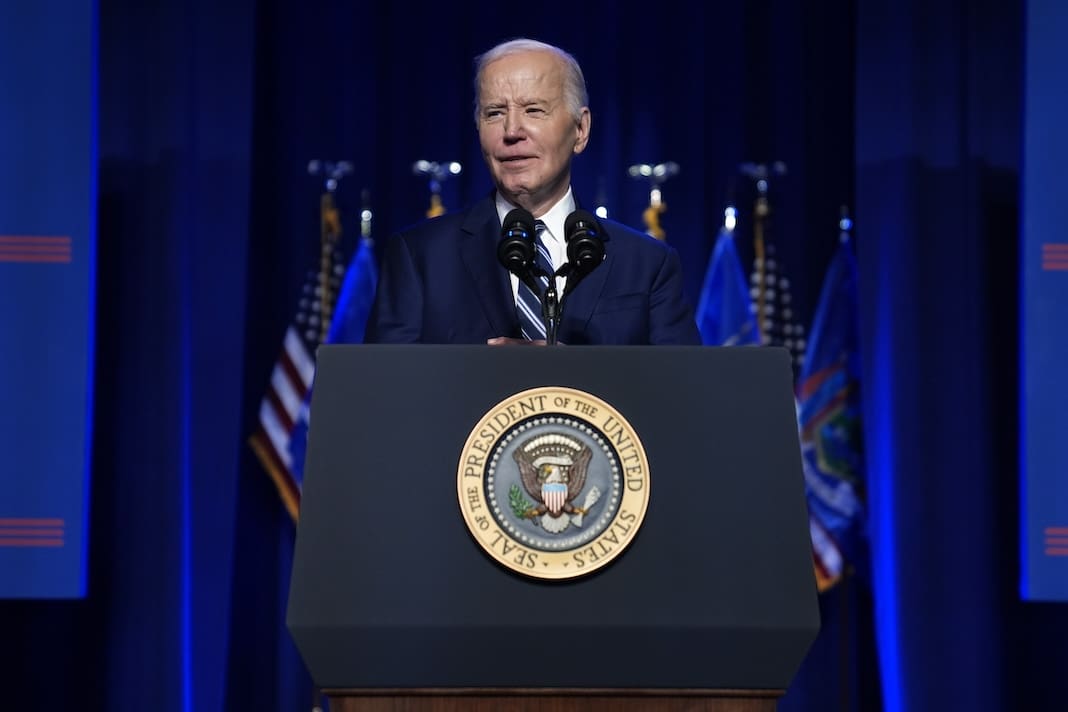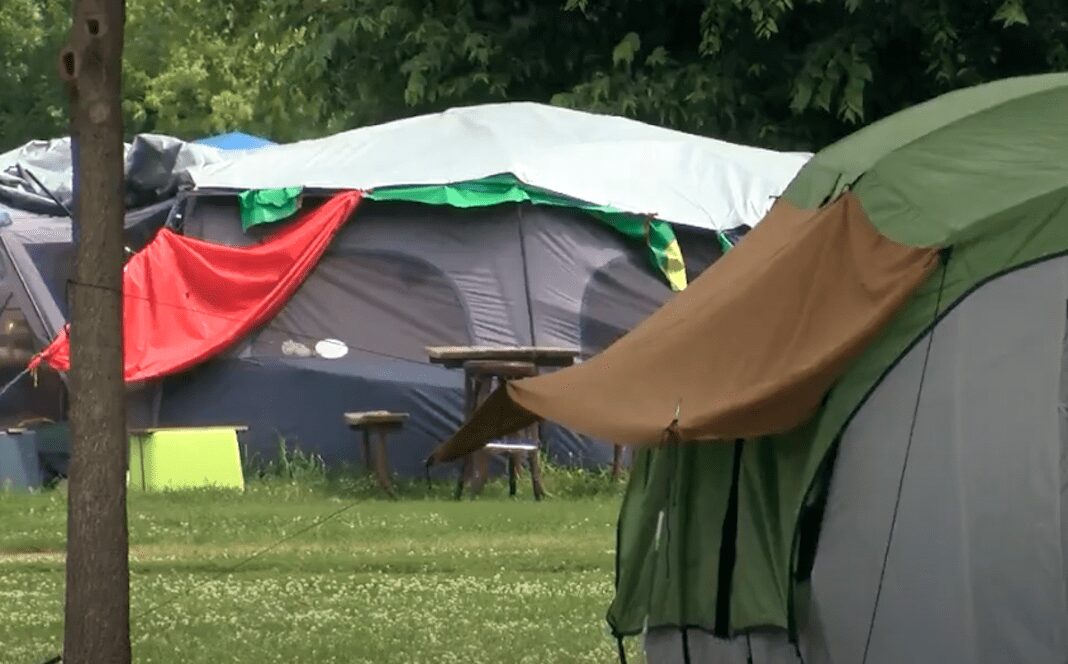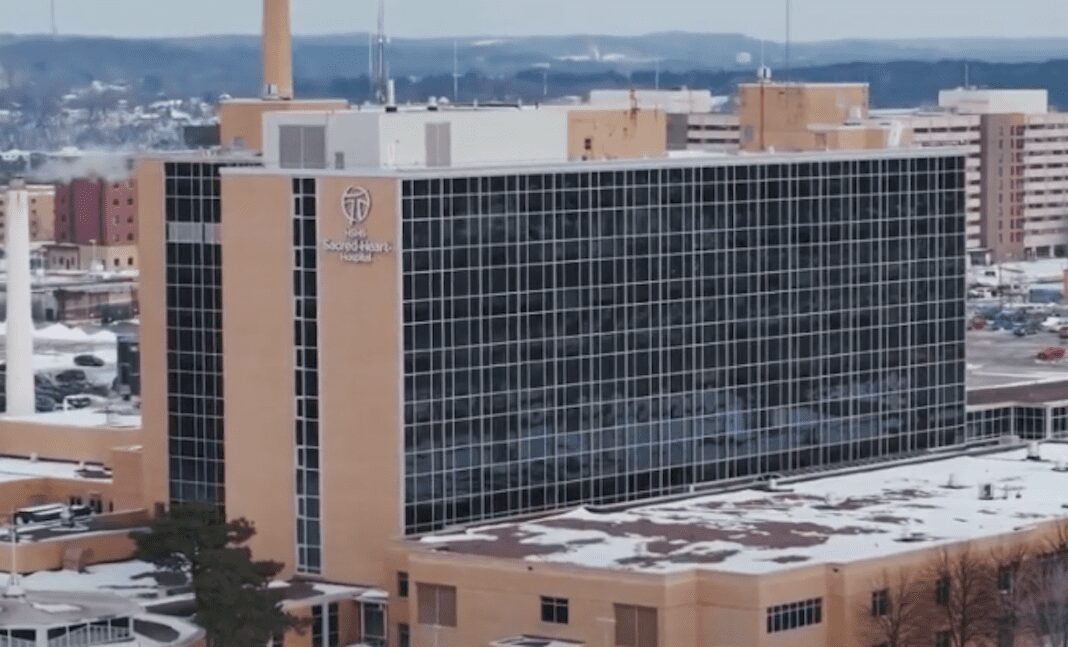‘Year of the Worker’: Gov. Evers wants to strengthen Wisconsin’s workforce in 2024
His plan includes bolstering support for teachers and health care workers and investing in child care and education.

Wisconsin Democratic Gov. Tony Evers signed an executive order on Monday that created a task force to address challenges faced by health care workers, kicking off his 2024 Year of the Worker agenda to support workers in struggling sectors and to invest in education and child care.
The task force will specifically study workforce challenges in health care in the areas of recruiting and retaining workers, improving patient care, addressing problems health care workers face, and finding new ways to educate and train workers so that the workforce is sustainable. The task force will then put together an action plan that will be considered in the governor’s 2025-27 biennial budget.
“As a nurse and health care professional, I’ve seen the workforce challenges facing our state firsthand,” Lt. Gov. Sara Rodriguez, who will chair the task force, said in a statement posted to the social media platform X. “I look forward to leading this task force to find long-term, strategic solutions to address this workforce crisis and to build a healthier, stronger state for everyone.”
In his State of the State speech last week, in which he unveiled his Year of the Worker agenda, Evers said that the state is at risk of losing 20,000 nurses by 2040 and that he anticipates nearly 32,000 job openings in the health care sector this decade.
“This task force, led by the lieutenant governor, is going to play a critical role in our administration’s work toward real, impactful solutions to alleviate the burdens experienced by folks in our health care workforce now and into the future,” Evers said in a statement.
As part of his workforce initiative, Evers plans to pilot the state’s first teacher apprenticeship program, creating a new affordable pathway for students to become teachers, and to establish an Office of Employee Engagement and Retention, which will recruit and help retain state employees.
He also renewed calls to invest more money in the struggling child care sector, expand paid family leave, and invest in public education from early childhood to college.
“Doing what’s best for our kids is what’s best for our state — and it’s what’s best for our families and our workforce, too,” Evers said in his speech.
“Wisconsin’s workforce depends on robust support for families. Gov. Evers knows this, and tonight he is again calling for accessible, affordable child care and paid family leave,” Democratic state Sen. LaTonya Johnson said on X after the State of the State. “It’s what Wisconsin families deserve, and it’s what we need to keep our workforce competitive.”
Evers criticized Republicans in the State Legislature who voted against his previous workforce plans and child care investments. He has called for continued funding for Child Care Counts, a pandemic-era program that gave funding to help child care centers stay afloat, and for providing 12 weeks of paid leave to most private employees. Republicans have largely ignored those plans and proposed tax cuts and rolling back restrictions on child labor.
“Folks, ‘no’ isn’t a workforce plan. Asking more kids to work isn’t a workforce plan,” Evers said in his speech. “Giving more big breaks to millionaires and billionaires isn’t a workforce plan. These are not serious proposals to address generational, statewide issues.”
Evers called for the parties to come together to tackle the workforce issue, saying he would work with any legislator or stakeholder who was willing to “engage in meaningful conversations on these issues to do the right thing for Wisconsin.”
“In the meantime, my administration will continue to pursue every pathway and seek every avenue to address our workforce challenges without legislative action, just as we have for five years,” he said.
Republican Assembly Speaker Robin Vos was critical of Evers’ plan, according to the Wisconsin Examiner. He told reporters that it was a “rehashing of old things that have been proposed over the course of the past few years and failed.”Evers’ workforce plan comes after the state finished 2023 with a record number of nonfarm jobs created in November and an unemployment rate of 3.3%.




